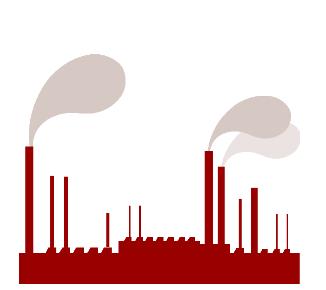 |
 |
 |
||
The processing of these fibres share many of the same stages as the processing of sheep wool. Each animal fibre has a range of differentiated properties, and slightly different requirements regarding its care and harvesting. These factors are examined under the sub headings for each animal and its fibre in the Introduction of Luxury Animal Fibres. Unlike sheep wool, most of the luxury fibres tend to have little or no lanolin, and so de-greasing is either not necessary, or not such a potentially polluting or impactful process. Most of the luxury animal species have coats which typically grow two types of wool; the coarse outer guard hair, or kemps, and a soft, insulating undercoat or underdown. The underdown is where the finest and most precious fibres are grown, and the best quality fibres are usually located on the neck or underbelly of the animal.
The coarse guard hairs need to be separated carefully from the fine downy hair. After de-hairing, separating and washing, the resulting fibre is ready to be dyed and spun into yarn, and then woven or knitted into fabrics. As with sheep wool these fibres are measured in microns. Usually, a fibre with a diameter below 22 microns constitutes a luxury fibre. |
LUXURY ANIMALS
LUXURY ANIMALS
 PROCESSING
PROCESSING
